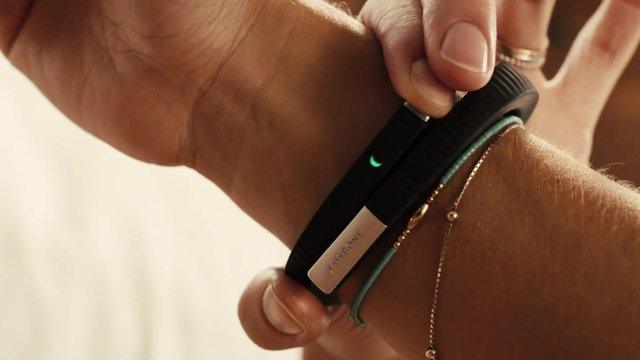Jawbone to start UP3 deliveries four months late
- Published
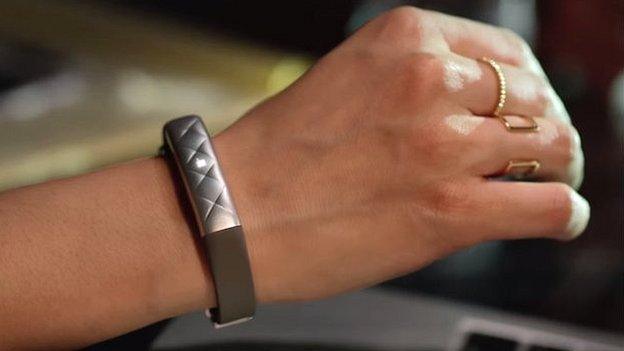
Jawbone's UP3 tracker had been delayed after the firm struggled to make the band waterproof
Jawbone has said that it will begin deliveries of its top-end UP3 fitness tracker from 20 April, four months later than originally promised.
The US firm added that the device would not be fully waterproof as first advertised, just "splash-proof".
Many people who had pre-ordered the wristband had complained on social media about the firm's failure to explain the delay fully until now.
The delay has lost the firm sales to rivals such as Fitbit and Misfit.
"When we announced UP3 late last year we were confident we would start mass production of the device and begin shipping within a few weeks of the announcement," the company said on its blog, external.
"However, as we began to scale our manufacturing process it became clear that, while most units passed our high quality bar, a proportion did not.
"Specifically, we were not achieving the level of water resistance we had passed in the design and initial production stages.
"We would like to apologise to customers who may have pre-ordered UP3 on the basis that it would be suitable for swimming. Customers who wish to cancel their pre-order will, of course, be able to do so with no charge."
'Perilous'
Until now, the only explanation the firm had given for the delay was in an interview chief executive Hosain Rahman gave Fortune magazine, external in January, in which he blamed a "sealing" problem.
The same article had noted that Jawbone's manufacturing partner Flextronics had recently sued it for breach of contract, describing the fitness firm's financial position as "perilous".
The case was ultimately settled out of court.
A subsequent report in February by the Financial Times, external suggested Jawbone's finances were "deteriorating" as it sought out new investors, causing some to question if the UP3 would ever be released.
But the firm has said the device is now in "mass production" and that it would start deliveries to customers who had pre-ordered on 20 April.
Customers should receive the bands no later than mid-May, Jawbone added.
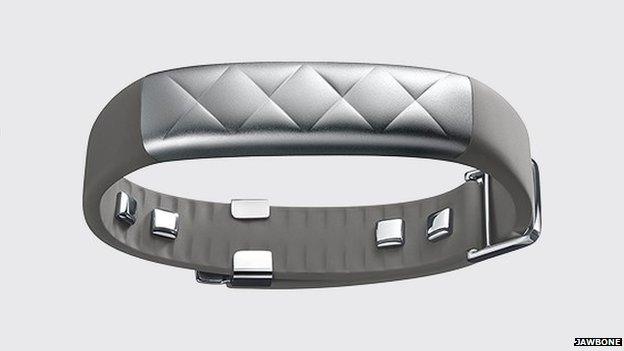
The UP3 is now "splash-proof" rather than fully waterproof
Posts to the firm's own community forum, external and Facebook page, external, however, suggest that a significant number of users had already cancelled their bookings.
"I have lost all faith in Jawbone and their communications," wrote one.
This is not the first time that Jawbone has run into manufacturing difficulties.
In 2011, it pulled the original UP wristband from sale after the initial batch of bands stopped holding their charge.
Posts to its forums also suggest that many owners of its more recent UP24 bands have complained that the devices stop working after several months of use - something the firm has handled by offering replacements.
Bioimpedance
The UP3 attracted much interest when it was first announced in November because of its use of a technique called "bioimpedance" to track its owner's pulse.
This involves passing an imperceptible electrical current through the body to measure its resistance to the signal.
The process is already used by several specialist medical devices to measure heart rate, body fat, fluid levels and other body composition readings.
But Jawbone was the first to use it in a mass-market wristband.
Its biggest rival Fitbit tracks users' heart rates by shining LED lights into their arms to detect changes in blood volume beneath the skin.
This kind of technology can sometimes have problems obtaining accurate readings from users with darker pigmented skin, however.
Jawbone previously suggested that another advantage of bioimpedance was that it was less battery intensive.
- Published30 March 2015
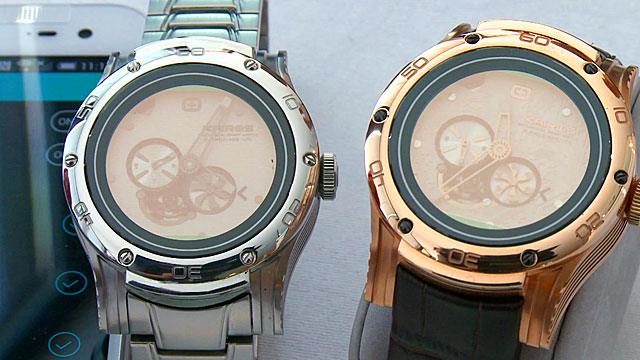
- Published10 February 2015
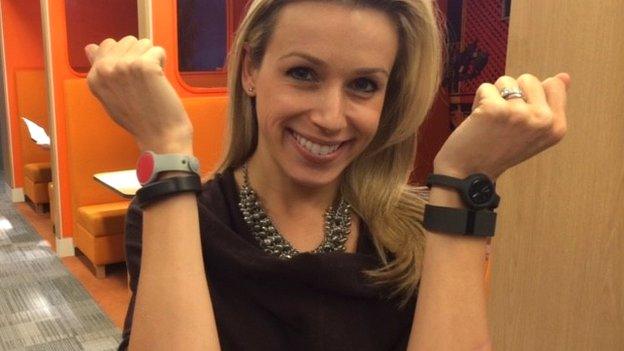
- Published7 January 2015
